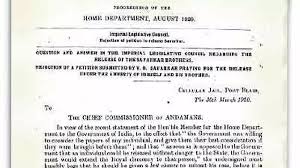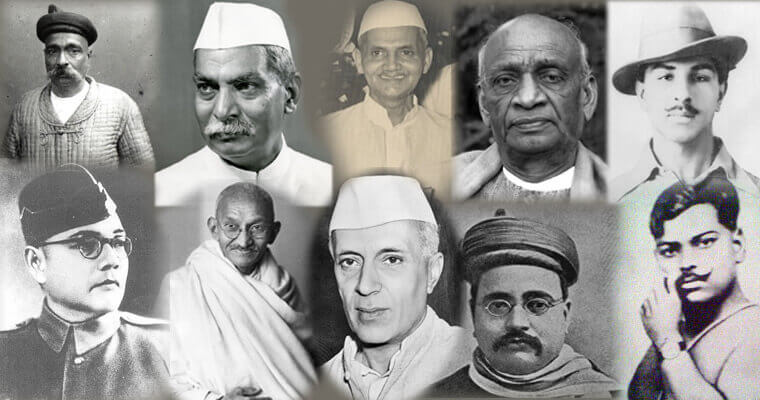
HISTORY OF TRICOLOUR
The Indian flag, a symbol of national pride and unity, has a rich history that dates back to the early 20th century. Between 1904 and 1906, an Indian flag was reportedly designed by Sister Nivedita, an Irish disciple of Swami Vivekananda. The national flag was first hoisted on August 7, 1906, in Parsee Bagan, Kolkata.
The final and current tricolour emerged in 1947. This flag is based on the Swaraj flag, which was designed by Shri Pingali Venkayya, a young freedom fighter. Venkayya met Mahatma Gandhi in Vijayawada and presented his publication featuring various flag designs. Recognizing the need for a national flag, Gandhi asked Venkayya to design a new one at the Indian National Congress meeting in 1921. Gandhi specified that the flag should include a charkha (spinning wheel) at its center and feature three colors: red to represent Hindus, green for Muslims, and white for other faiths.

Several changes were made to the flag design until 1931, which became a significant year in the history of the tricolour. It was essential that the flag represented the ethos of the nation without any religious connotations. The Indian National Congress officially adopted the flag in 1931.
Significance of the Tricolour
The tricolour holds deep symbolic meaning. The saffron at the top symbolizes strength and courage, the white in the middle represents peace and truth, and the green at the bottom stands for fertility, growth, and auspiciousness of the land. The Ashoka Chakra, with its 24 spokes, replaced the spinning wheel as the emblem on the flag. It signifies "life in movement and death in stagnation."

Production of the Tricolour
According to the law, the National Flag of India must be made of handspun and handwoven wool/cotton/silk Khadi bunting. The manufacturing process and specifications must adhere to the Bureau of Indian Standards (BIS) requirements. The production of the national flag has been reserved for the Khadi sector, specifically for supply to various government agencies, the Ministry of Defence, paramilitary forces, and other official uses. The Karnataka Khadi Gramodyoga Samyukta Sangha (KKGSS) in Hubli, Karnataka, is responsible for its production. Any defects in the flags, such as issues with color, size, thread count, yarn strength, or dye fastness, are considered serious offenses and are punishable by fines, imprisonment, or both under the Flag Code of India, 2002.
Hoisting the Tricolour
Until 2002, Indian citizens were not allowed to hoist the national flag at their homes, schools, or apartments. However, on January 26, 2002, the Indian flag code was amended, allowing citizens to hoist the tricolour anywhere and at any time, provided they adhered strictly to the rules and regulations regarding the flag's display.

The Indian tricolour, a symbol of the nation's struggle for independence and unity, continues to inspire millions. Figures like Bhagat Singh, who fought bravely against British colonial rule, and members of the Indian Army, who defend the nation’s sovereignty, are emblematic of the values represented by the tricolour. CELEBRATE THE TRICOLOUR WITH ANIME DEVTA!
[The images used in this blog post are not owned by Anime Devta, they are just for entertainment purposes]
| INDEPENDENCE | BHAGAT SINGH | FREEDOM FIGHTER | INDIAN ARMY | SWARAJ | TRICOLOUR | HINDU | GANDHI | ASHOK CHAKRA |
~Mimansa Sharma

